
A balanced diet contains carbohydrates, fats, proteins, fiber, vitamins, and minerals. These can include “superfoods,” but should in general also contain a variety of different fruits and vegetables. If you are rushed for whole meals, here are the best superfoods that you can throw into your protein shake to get all the nutrients you need to power through your day.
What is a Superfood?
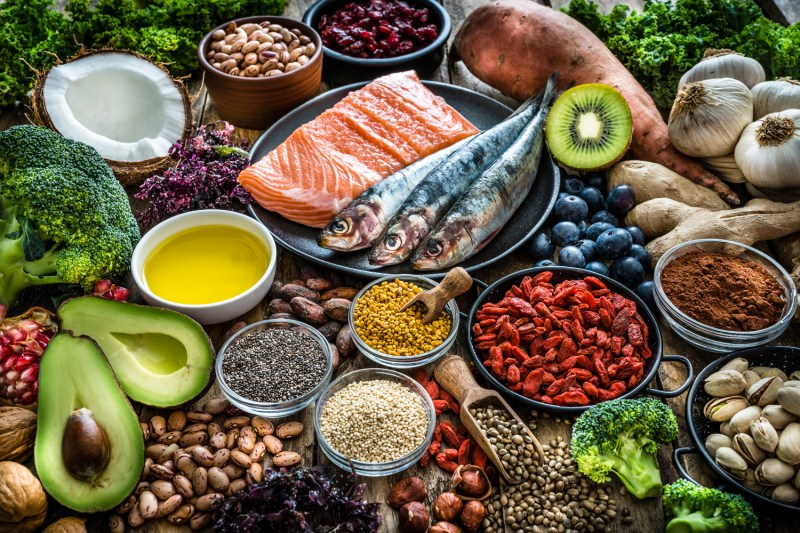
“Superfood” is marketing jargon for “nutrient-packed food.” The term technically doesn’t have a specific scientific meaning or an official definition beyond just speaking of foods that are nutrient-rich. In general, your diet should always consist of a variety of foods, various nutrient-dense foods (not just one to two superfoods), and should have a balance of macronutrients based on your individual needs.
What Should You Put in Your Protein Shake?

Most people are drinking protein shakes as a post-workout meal or in between meals as a protein-rich snack. Protein shakes should contain milk (almond milk, soy milk, other nut milk, or regular cow’s milk are all fine options), a clean whey or pea protein powder, and about a cup of fruit or vegetable. Add ice to your shake if you want it to be cold or opt for frozen fruit or vegetable instead of fresh. A quick tip for packing more nutrition into your shake is to make that fruit or vegetable a superfood.
Superfoods to Include in Your Protein Shake
Kale
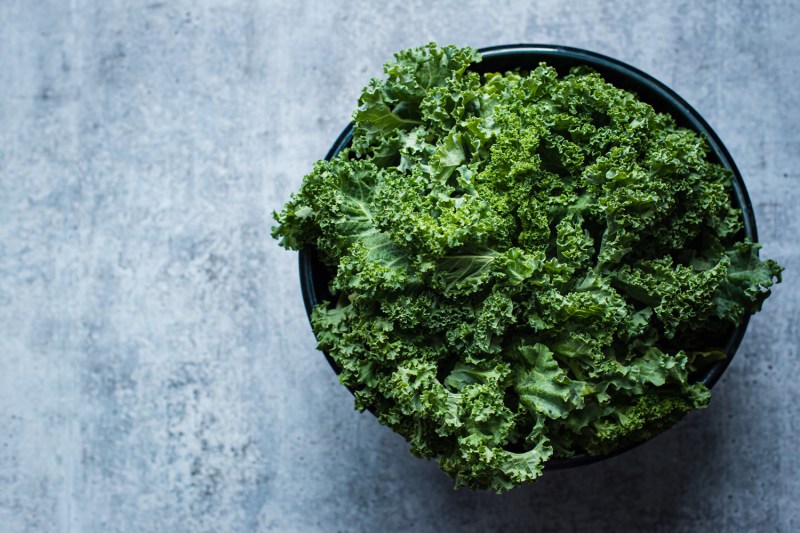
Kale is a superfood OG. Back when “superfood” became a term, kale was one of the first foods to hold the prestigious title, and rightfully so. Leafy greens in general pack a lot of punch in terms of nutrients. Kale is one of the most nutrient-rich of all greens. It is rich in calcium, potassium, beta carotene, magnesium, phosphorus, and vitamins A, B, C, and K that it is almost like eating a vitamin, except better, because the nutrients in kale will digest more easily than when taken through a pill or gummy.
Kale also grows in a variety of climates and is grown all over the United States, so if shopping local is important to you, kale is a good-for-the-environment and sustainable source of nutrition to include in your diet. Blending kale into a protein shake is an easy way to squeeze extra nutrients into your diet.
Papaya
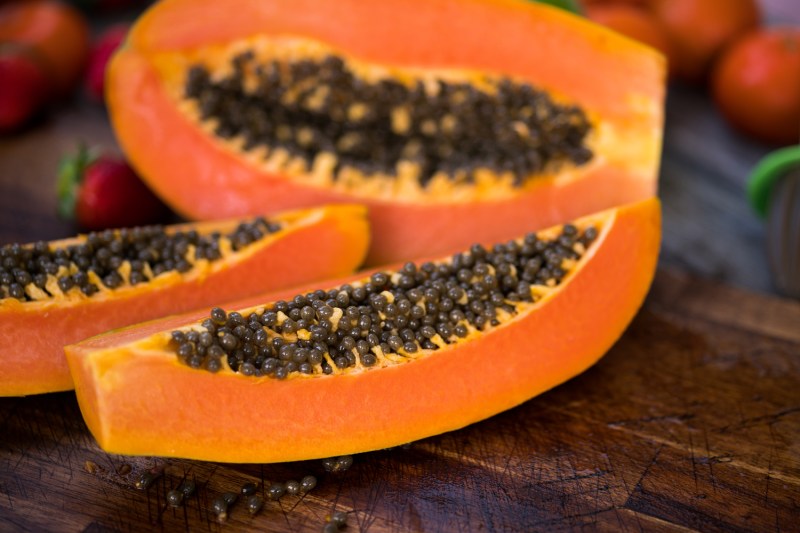
When we made our list of the healthiest fruits, papaya surprised us with enormous health benefits, not just from enzymes and nutrients like lycopene, but from its overall nutrition, from vitamin A, potassium, and B-vitamins. It also has a nice amount of sweetness to sweeten up your protein shake.
Mango
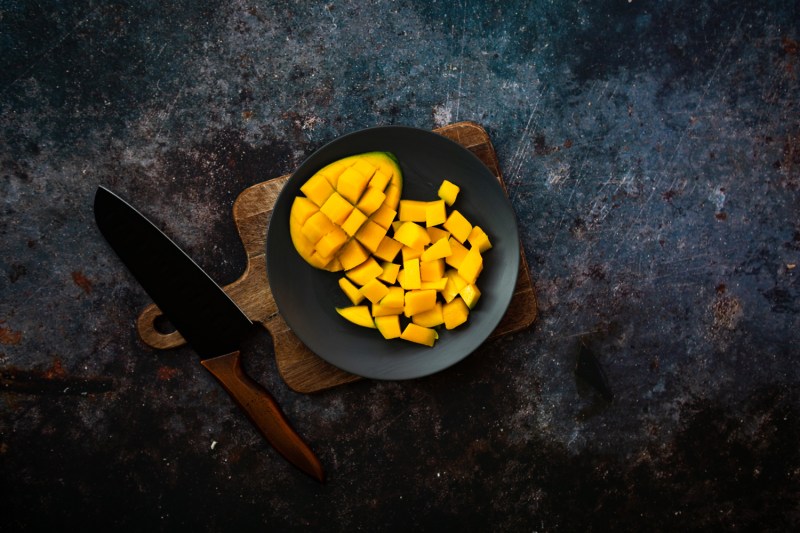
Mango is another tropical and sugary fruit that is surprisingly full of the vitamins and minerals that you need everyday, like beta carotene, folate, and vitamin E. Mango is a great addition to a protein shake because not only is it nutrient-rich, but it is sweet and delicious. It also can be purchased fresh or frozen for ease of throwing in your shake. Forget ice and sugar, a protein shake that contains mango has all of the nutrition, texture, and sweetness to make your protein shake complete.
Blackberries
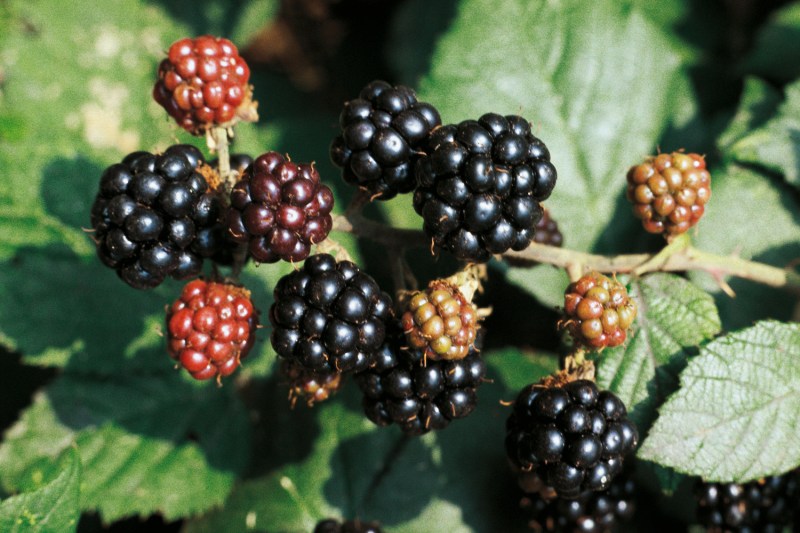
Blueberries are typically the superfood “berry” that get shouted out the most, but blackberries actually have more nutrition than blueberries! Blackberries are rich in B-vitamins, lutein, and vitamin E. They can be purchased fresh, frozen, or even in “berry mixes” that contain blueberries, raspberries, and strawberries, for extra nutrition and flavor. When combined with a chocolate protein powder, you get a “chocolate-covered berry” taste. Blackberries are a great addition to any protein shake for nutrition and flavor.
Golden Berries
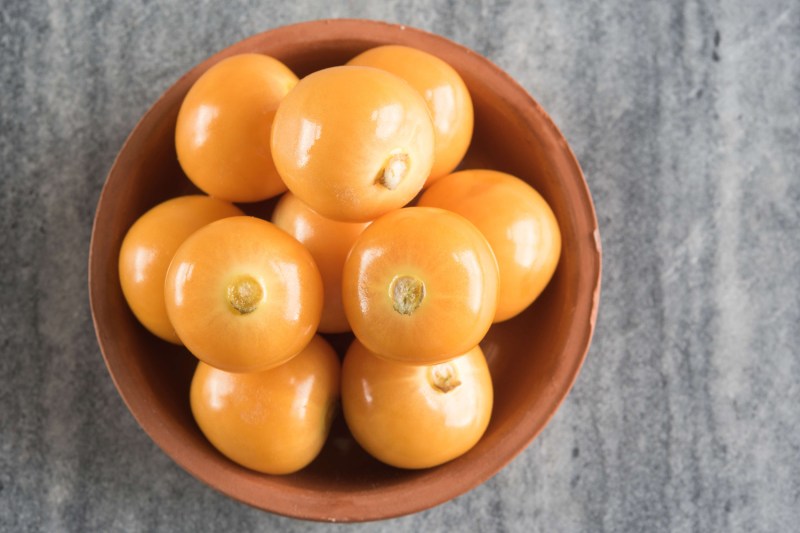
Golden berries are another food that have held the coveted “superfood” title for some time. These do not grow locally in the United States and are not sold everywhere, but if you can get your hands on them, they do pack some punch in the nutrition arena. These are a little sugary, but they are fiber-rich, protein-rich, and full of minerals like calcium, iron, and magnesium and vitamins like Vitamin C. They are sweet like berries that take care of the taste component of your protein shake.
Swiss Chard
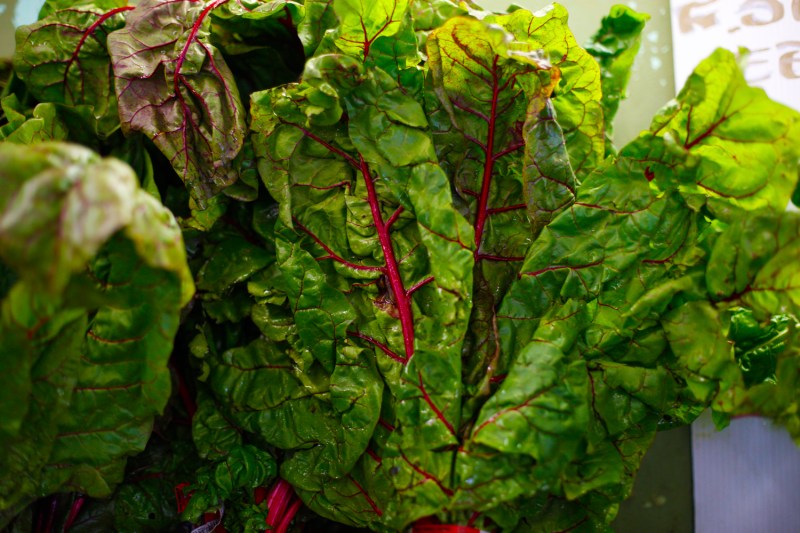
Swiss chard is right up there with kale in terms of nutritional value. A handful of Swiss chard in your blender can add a ton of benefits to your protein shake. Like many greens, Swiss chard is rich in potassium, lutein, zeaxanthin, vitamin A, vitamin C, and vitamin K. If you don’t like eating greens, a protein shake is the perfect way to “hide” greens in your food. Swiss chard is so soft, with a flavored protein powder or some fruit, you won’t even taste it.
Collard Greens
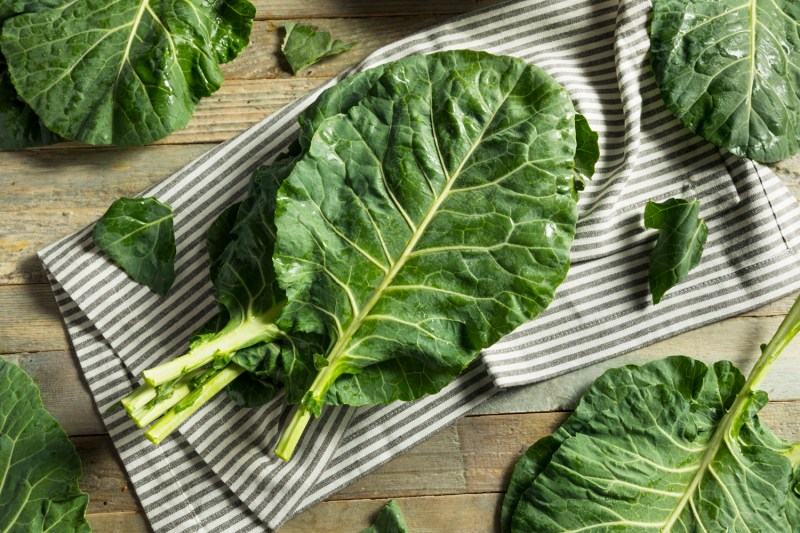
Collard greens are another nutritional staple when it comes to “greens.” These take a bit longer to cook if you are making collard greens for dinner, but if you have some left over the next day, throwing them into a blender can be a great way to get nutrition that would otherwise take an hour to prepare! Greens typically have a little more nutrition after being cooked a bit, but they are a great way to squeeze extra vitamins and minerals into a protein shake.
Like the other greens on this list, collard greens are full of vitamin A, C, and K as well as many other minerals that are important for your diet. This is another vegetable that if you don’t like eating it whole or cooked, try throwing it in your shake for added nutrition that will definitely help you feel your best!
Read more: Spring Vegetables Guide
Editors' Recommendations
- 7 great reasons to make kale a regular part of your diet
- Treat your body: These are the best foods high in collagen
- What to Eat After A Workout: 9 Meals to Try
- The 7 Best Creatine Supplements for Men in 2022
- These 11 Healthy Foods Are Among the Highest in Potassium




